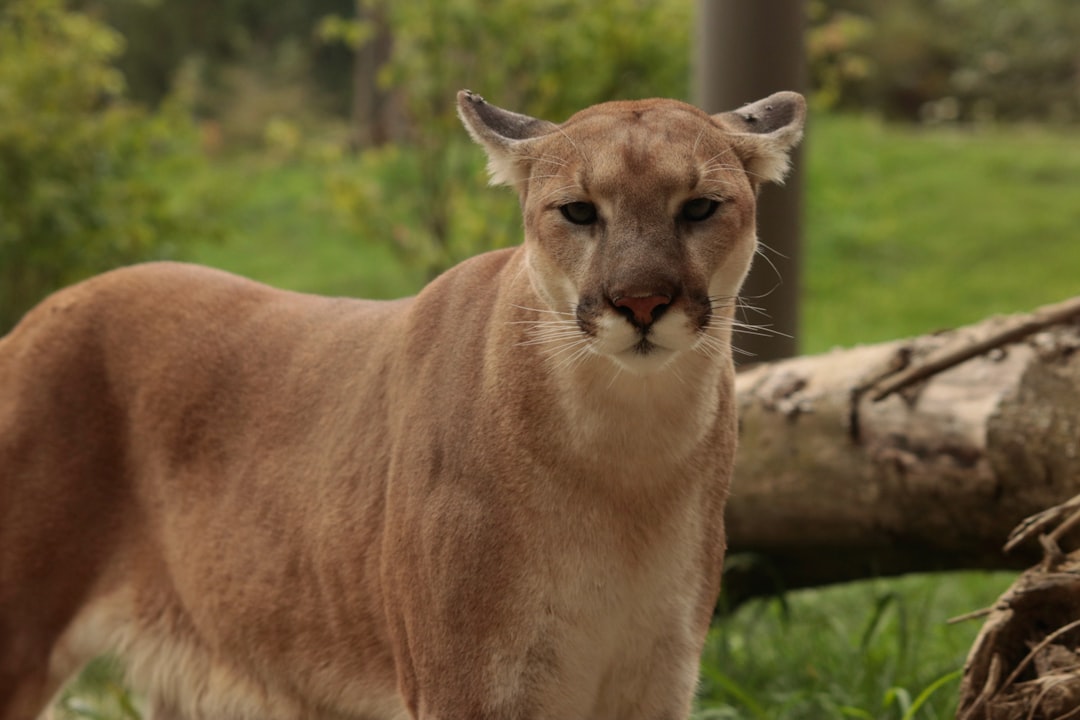Here's what to do if you encounter a mountain lion
Officials urge caution after pair of weekend sightings reported in eastern South Dakota
Mountain lions aren’t uncommon in South Dakota, particularly in the Black Hills.
But they’re less common in eastern South Dakota, where a pair of mountain lion sightings were reported over the weekend.
Authorities in both Howard and Sioux Falls — communities nearly 70 miles apart from one another — made public service announcements in the last 24 hours that mountain lions had been spotted. And both sightings were made in developed areas where humans frequent, according to the Sioux Falls Police Department’s Animal Control Division and the Miner County Sheriff’s Office.
“Please keep animals secured and be aware of you surroundings especially from evening to early morning hours,” read an alert indicating a mountain lion was spotted Sunday evening near the Howard Golf Course.
In Sioux Falls, the animal was picked up on a residential surveillance system in the southwest part of the city some time on Sunday, according to a news release issued by the city Monday afternoon.
“Mountain lions have passed through this area before and are usually doing just that,” read the city’s news release.
Sioux Falls Animal Control Supervisor Patty Beckman said there have been no additional sightings since Sunday morning in the Sioux Falls area.
The release said the information was shared “out of an abundance of caution” and there is no threat to the public. However, anyone who sees a mountain lion should call 911.
“There have not been any more sightings of the lion since yesterday morning,” Beckman said. “Animal Control and Game, Fish and Parks are monitoring the area and if there are any more sightings of the lion we will look into removing it.”
According to Game, Fish and Parks, there has never been a reported mountain lion attack resulting in fatality in South Dakota, and fewer than 12 reported in the U.S. and Canada since 1890.
Still, GFP takes an interest in sightings. The agency, along with researchers at South Dakota State University, continue to study the animal and its home range size, survival, dispersal, population size, prey selection, survey methods, hunting impacts, genetics and disease.
“GFP has a mountain lion response protocol that will guide actions to be taken based on the mountain lion’s behavior,” GFP spokesman Nick Harrington told The Dakota Scout.
GFP advises the public take various steps like remaining calm, not running away and being loud to avoid an attack when coming face to face with a Puma concolor. Here’s what the agency’s brochure on mountain lions says:
STAY CALM — Talk calmly yet firmly to it, while moving slowly away.
STOP AND DON’T RUN — Back away slowly only if you can do so safely. Running may stimulate a mountain lion’s instinct to chase and attack. Face the lion and stand upright.
DO ALL YOU CAN TO APPEAR LARGE — Raise your arms. Open your jacket if you are wearing one. If you have small children with you, protect them by picking them up so they will not panic and run.
MAKE PLENTY OF NOISE — This reduces the chances of surprising a mountain lion. A sturdy walking stick can be used to ward off a lion. Make sure children are close to you and within your sight at all times. Talk with children about lions and teach them what to do if they encounter one. Do not approach a mountain lion, especially one that is feeding or with kittens. Most lions will try to avoid confrontation. Give them an escape route.
CONVICE THE LION YOU ARE NOT PREY — If the lion behaves aggressively, throw stones, branches or whatever you can get your hands on without crouching down or turning your back. Wave your arms slowly and speak firmly.
FIGHT BACK — If a lion attacks you, fight back. Lions have been driven away by prey that fights back. People have fought with rocks, sticks, caps or jackets, garden tools and their bare hands successfully. Remain standing and try to get someone to help.






